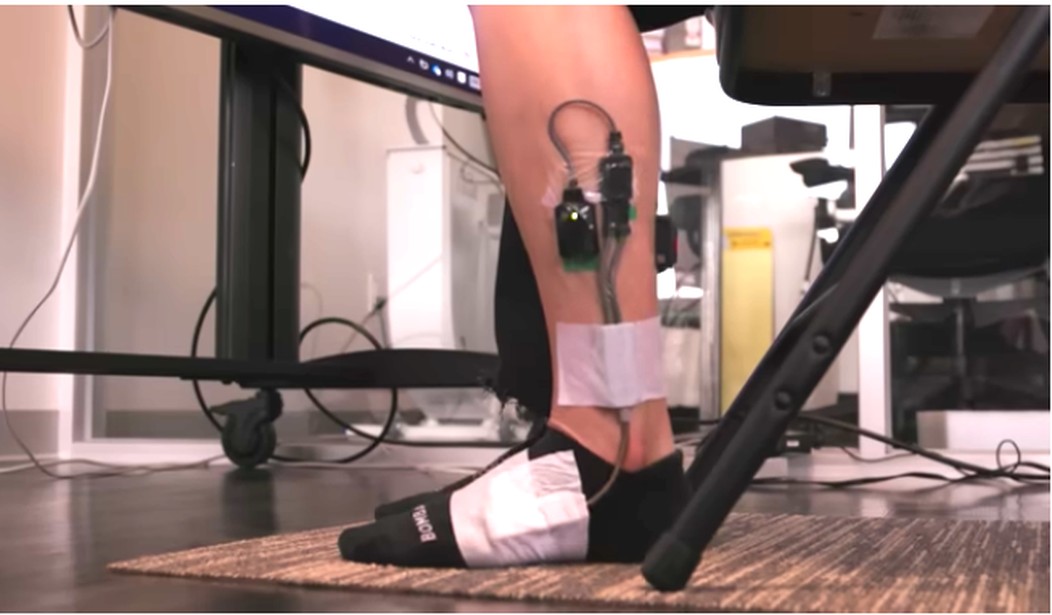The COVID-19 pandemic motivated many Americans to improve their personal health. Early in the pandemic, it became evident that obesity and chronic illnesses put people at higher risk for severe illness from the virus. The response to the virus also made some Americans skeptical of our public health agencies and wary of Big Pharma. Here’s to Your Health is a weekly column intended to present new research that readers interested in improving their health and wellness can explore.
Metabolic health refers to a cluster of bodily functions where abnormalities can cause chronic illness. These conditions include increased blood pressure, high blood sugar, excess body fat around the waist, and abnormal cholesterol or elevated triglyceride levels. When a person suffers from several of these chronic conditions at the same time, they may meet the criteria for Metabolic Syndrome.
According to the Mayo Clinic, Metabolic Syndrome increases a person’s risk for heart disease, stroke, and type 2 diabetes. These three diagnoses are some of the most expensive and treatment-intensive diseases in America. However, researchers at the University of Houston (UH) may have found a special muscle in the body that can help regulate blood sugar and blood lipids when properly stimulated.
Your calf muscle, technically named the soleus, is the muscle on the back of the lower half of your leg. It makes up less than one percent of your total body mass and has some special characteristics. It has a large percentage of slow oxidative fibers and requires less effort to use for longer periods of time and intensity.
Because of this structure, researchers have found the muscle uses blood glucose and blood triglycerides when it is activated. This is also called oxidative metabolism. Other muscles use glycogen, which is how the body stores glucose and triglycerides. Using this stored fuel does not lower the levels of either compound in the bloodstream.
Armed with previous knowledge about how the soleus works, Dr. Marc T. Hamilton developed a specific exercise called the Soleus Push Up (SPU). Basically, while seated with feet flat on the floor and muscles relaxed, subjects raise their heel as high as they can while the front of the foot stays on the floor. When the heel gets to the top of its range of motion, the foot is passively released to come back down. It targets the calf to increase oxygen consumption more significantly than while walking or standing.
Recommended: Biden’s Inflation Takes a Huge Toll on Christmas Shopping
Then Hamilton and his team set out to answer the following questions:
- Can people consistently activate the oxidative metabolism in the soleus at a rate sufficient to increase whole-body oxygen consumption and then sustain it for hours at a time?
- Would raising the local metabolic rate of a small mass of tissue in the calf muscle be able to impact systemic metabolic parameters as complex as low-density lipids (LDL), triglycerides, and blood glucose after a meal?
The researchers found that when a subject does 270 minutes of SPUs, the local metabolic rate remained at a high level for hours. The study also demonstrated that the special contractions had systemic effects. Study subjects showed improved glucose regulation quickly and by a meaningful amount.
The team noted they are unaware of any existing or promising pharmaceuticals that come close to raising and sustaining whole-body oxidative metabolism at the magnitude they found in their study of SPUs. This includes drugs that may activate brown adipose tissue (BAT).
BAT is another tissue in the body found in small amounts with the same preference for glucose and triglycerides directly from the bloodstream. SPU contractions were capable of raising the energy demand 10-fold greater than a BAT drug at double the FDA-approved dose. Subjects, even unfit ones, also showed no evidence of progressive fatigue or other physiological limitations during the SPU exercises.
So can you start doing SPUs at home today? According to Hamilton, “The soleus pushup looks simple from the outside, but sometimes what we see with our naked eye isn’t the whole story. It’s a very specific movement that right now requires wearable technology and experience to optimize the health benefits.” Because of the impact they found, the team plans additional publications to instruct people on how to properly learn the movement without the laboratory equipment used in the study.
As the researchers themselves noted, there is no Big Pharma profit to be made with SPUs. While learning to effectively perform the contractions may require something like a few visits to a physical therapist, it will not require long-term medication and monitoring. People motivated to improve their health or prevent disease will learn to do them properly, perform them while they sit at their computers, and monitor their results through wellness visits with their regular physicians.
So while you can bet you will see advertisements for the BAT medication on television if it is approved, you will need to search for information on how to do a proper SPU. So stay tuned in to Hamilton and his work if you are interested in learning more.
“The real hero of this story weren’t [sic] the research subjects. It’s not a behavior people are doing. It’s rather that the human body had something in it all along that has preserved the ability to work for hours endlessly without fatigue, ” Hamilton summarized. “And it does so by using a different fuel mixture. Now we can open up the door for helping all kinds of processes [in the body]. Some of them I have not even begun to study.”
We are all fearfully and wonderfully made.
WATCH Dr. Marc Hamilton discuss his team’s findings:
Disclaimer: This column is intended to share cutting-edge research on health and wellness. It is not to be construed as medical advice. Before beginning any medical regimen, the reader should discuss it with a trusted medical professional.










Join the conversation as a VIP Member